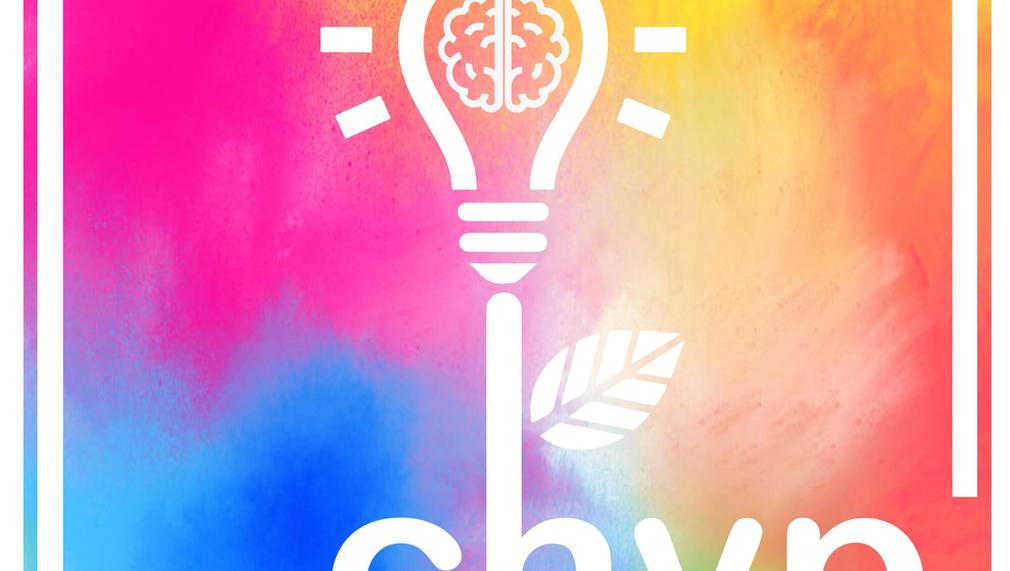Creative Healing for Youth in Pain: CHYPchat
To meet the demands exacerbated by COVID-19, Creative Healing for Youth in Pain (CHYP) is looking to expand its current online social groups for teens. Isolation has always been an issue for teens dealing with pain, anxiety, stress, and depression, but this pandemic has shrunken available supports - especially in the context of peer interactions! The CHYPchat program provides a virtual space for teens to socialize in a safe and monitored space, with the added benefit of guided psychoeducational resources and collaborative creative spaces.

In which areas of Los Angeles will you be directly working?
Central LA
East LA
San Gabriel Valley
San Fernando Valley
South LA
Westside
South Bay
Antelope Valley
County of Los Angeles
City of Los Angeles
What is the problem that you are seeking to address?
The isolation that the world has experienced during the pandemic is something that teens with chronic pain have felt for years and will continue to feel. Chronic pain is a seemingly invisible ailment, caused by an overactive nervous system, which affects 35% of teens in the Los Angeles area. Pain can be disabling whether from cancer, sickle cell, Crohn’s, headaches, abdominal pain, or musculoskeletal pain. Modern science has shown that pain circuits in the brain can get “turned on” by pain and then intensify the pain because the pain circuits don’t “turn off.” Families spend considerable time going to multiple doctors for exams and tests -- paying high out-of-pocket costs -- but the child remains in pain. Pain causes isolation from peers, along with stress and sleep issues, and COVID-19 has only increased these problems. Anxiety, depression, and suicide rates in teens have escalated. Studies show that 70% of teens with significant pain will continue having that pain into adulthood.
Describe the project, program, or initiative that this grant will support to address the problem identified.
Creative Healing for Youth in Pain’s (CHYP) program utilizes evidence-based, creative healing techniques -- dancing, art expression, songwriting, filmmaking, journaling -- to harness a teen’s creative spirit to help alleviate chronic pain and improve daily functioning. Using the brain in creative ways has been shown to alter the brain’s pain signals in a more lasting way than most medications. Providing online programs helps teens re-engage socially, while finding passion in creative arts. CHYP created an online platform in order to reach as many teens with chronic pain as possible -- teens whose families can’t access practitioners or afford treatments. CHYP features a unique online community -- called “CHYPchat” -- where teens with chronic pain meet through Zoom for an eight-week program. The first four sessions are structured as a psychoeducational group, guided by a lead facilitator and a peer mentor. The program covers important topics such as the mind/body connection, mental health, and stress management -- with an approach specifically built for teens -- while instilling new ways to think about their own strengths, self-care, self-expression, and strategies for finding hope. The following four sessions focus on social connectedness, teen discussions of their issues, and support for each other’s path to wellness. This provides an open forum for teens to interact and enjoy time with others virtually, from the comfort of their own homes.
In what stage of innovation is this project, program, or initiative?
Expand existing project, program, or initiative
Approximately how many people will be impacted by this project, program, or initiative?
Direct Impact: 48
Indirect Impact: 480
Describe how Los Angeles County will be different if your work is successful.
Chronic pain in teens affects quality of life: school, friendships, physical activities, family life, sleep, mood, anxiety, eating behaviors, substance misuse for some. It is estimated that as many as 35% of U.S. teens have chronic pain. The annual economic cost of adolescent chronic pain is $19.5 billion. Los Angeles is a diverse community filled with a wide variety of families. Recruitment for this project will target low-income families - and even offer free tablets for 15 teens who may not otherwise have had the opportunity to join an online community due to inadequate resources. Chronic pain not only robs a teen of their childhood, it stifles their development into a fully functioning, productive adult. With CHYP, teens suffering from chronic pain have an online place to gain support and strength, and be inspired to conquer their chronic pain. CHYP will be able to spread a message of hope to Los Angeles residents that there is an accessible option to help teens with chronic pain.
What evidence do you have that this project, program, or initiative is or will be successful, and how will you define and measure success?
CHYPchat has been offered in a variety of forms: weekly socialization groups, Creative Healing Workshops, and Summer Camp. Participant feedback through online surveys has been the main form of measurement for success and has guided the evolution of such services. 100% of respondents state they would like to continue participating in CHYP programs, and the weekly attendance illustrates the group members’ enthusiasm. When asked to describe in one word how CHYP teens feel about CHYPchats, most identified, “community, friendship, inclusive, inspirational, and helpful.” With this CHYPchat expansion, focusing on a specific cohort that completes a program cycle together, the definition and measurements for success will be adjusted. The program will be considered successful if at least 60% of participants complete their designated cycle. Furthermore, the program will be deemed effective if at least 50% of participants report improved feelings of connectedness during a pre- and post-survey.
Which of the LIVE metrics will you impact?
Healthcare access
Access to mental health services
Indicate any additional LA2050 goals your project will impact.
LA is the healthiest place to CONNECT